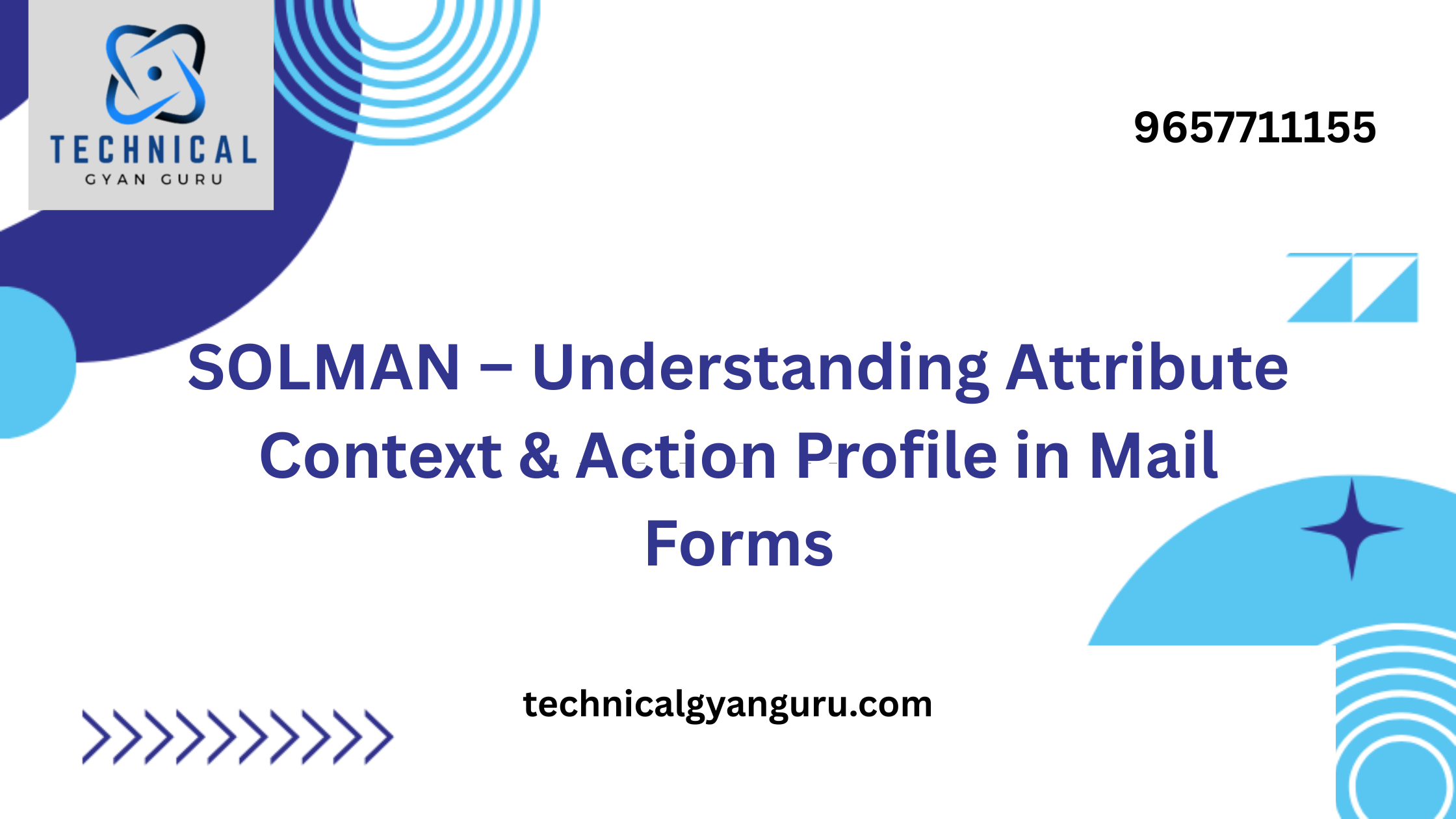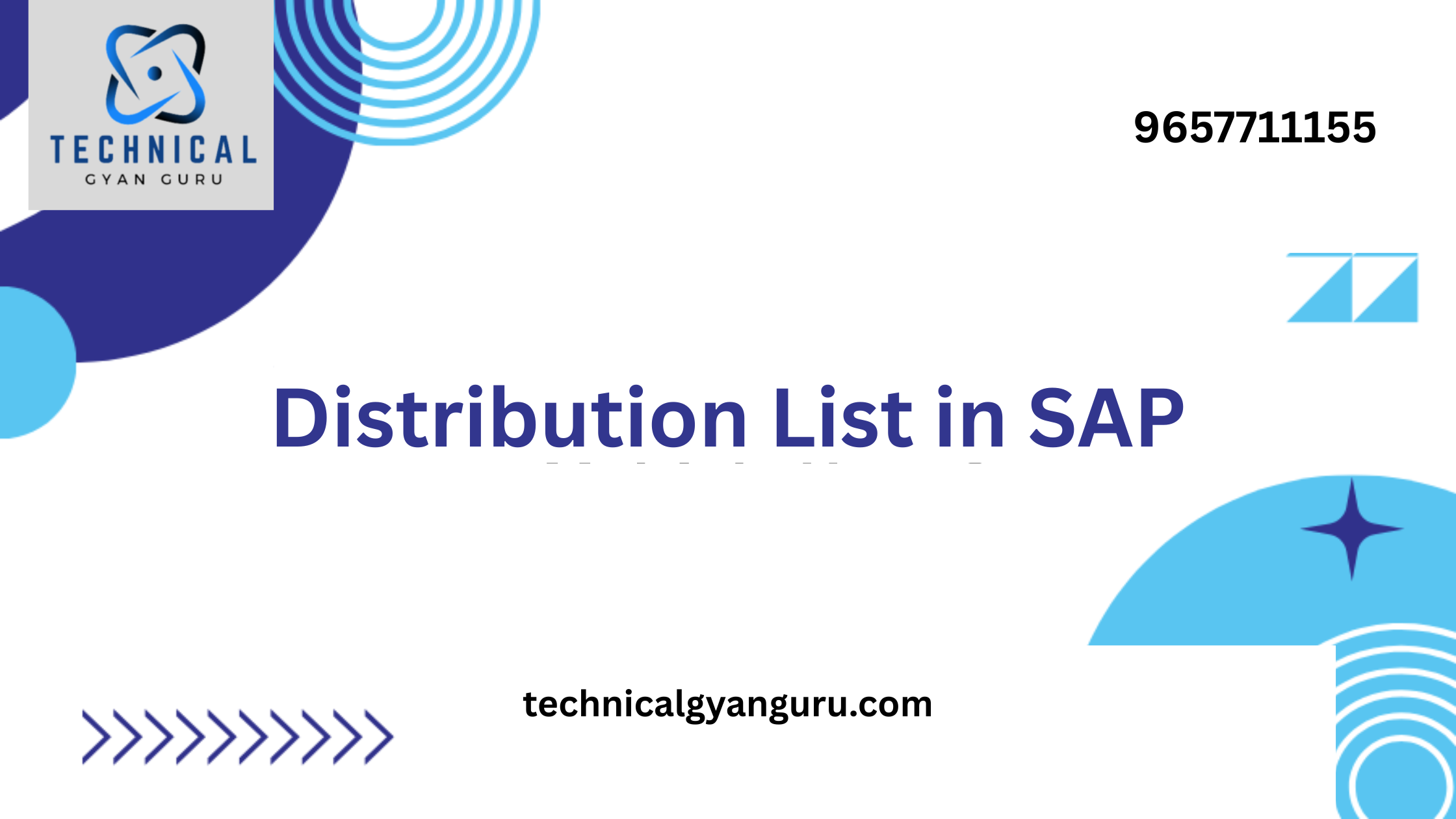
Introduction: SAP Cloud Platform ABAP Environment
SAP Cloud Platform ABAP Environment: In the era of cloud computing, SAP is leading the charge with innovative solutions that empower businesses to harness the full potential of their enterprise applications. SAP Cloud Platform ABAP Environment, a groundbreaking offering from SAP, bridges the gap between the traditional ABAP (Advanced Business Application Programming) language and the agility of cloud-based solutions. This blog post explores the features, benefits, and transformative capabilities of SAP Cloud Platform ABAP Environment.
Understanding SAP Cloud Platform ABAP Environment:
- ABAP in the Cloud: Traditionally associated with on-premise SAP systems, ABAP is the backbone of many mission-critical business applications. With SAP Cloud Platform ABAP Environment, SAP has brought the power of ABAP to the cloud, enabling businesses to leverage their existing investments in ABAP-based applications while embracing the scalability and flexibility of cloud computing.
- Seamless Integration with SAP Cloud Services: One of the key advantages of SAP Cloud Platform ABAP Environment is its seamless integration with other SAP Cloud services. This integration allows organizations to create end-to-end business solutions that span both on-premise and cloud environments, fostering a cohesive and interconnected landscape.
- Rapid Application Development: The environment supports agile development methodologies, allowing developers to rapidly create, deploy, and iterate on applications. This acceleration in the development lifecycle is crucial for businesses looking to stay ahead in the competitive digital landscape.
- Extensibility and Customization: SAP Cloud Platform ABAP Environment is designed to support the extensibility and customization of existing applications. This flexibility is vital for organizations seeking to adapt their solutions to changing business requirements without undergoing extensive redevelopment.
- Built-in DevOps Capabilities: DevOps practices are seamlessly integrated into SAP Cloud Platform ABAP Environment, enabling collaboration between development and operations teams. This facilitates continuous integration, continuous delivery, and automated testing, ensuring a robust and reliable application development process.
- Security and Compliance: Security is a top priority in any cloud environment, and SAP Cloud Platform ABAP Environment is no exception. With built-in security measures and compliance features, organizations can confidently migrate their ABAP applications to the cloud without compromising on data protection and regulatory compliance.
- Scalability and Resource Efficiency: Leveraging the cloud’s inherent scalability, SAP Cloud Platform ABAP Environment allows organizations to scale resources based on demand. This ensures optimal performance during peak times while optimizing costs during periods of lower activity.
- Access to Advanced Technologies: By embracing SAP Cloud Platform ABAP Environment, organizations gain access to a plethora of advanced technologies and services, including machine learning, IoT (Internet of Things), and advanced analytics. This enables them to augment their existing ABAP applications with cutting-edge capabilities.
Conclusion:
SAP Cloud Platform ABAP Environment represents a significant leap forward for businesses relying on ABAP-based applications. By combining the robustness of ABAP with the agility of cloud computing, SAP has opened new possibilities for innovation and efficiency. As organizations embark on their digital transformation journeys, SAP Cloud Platform ABAP Environment stands as a pivotal tool, enabling them to modernize and future-proof their ABAP applications in the dynamic landscape of enterprise computing.







